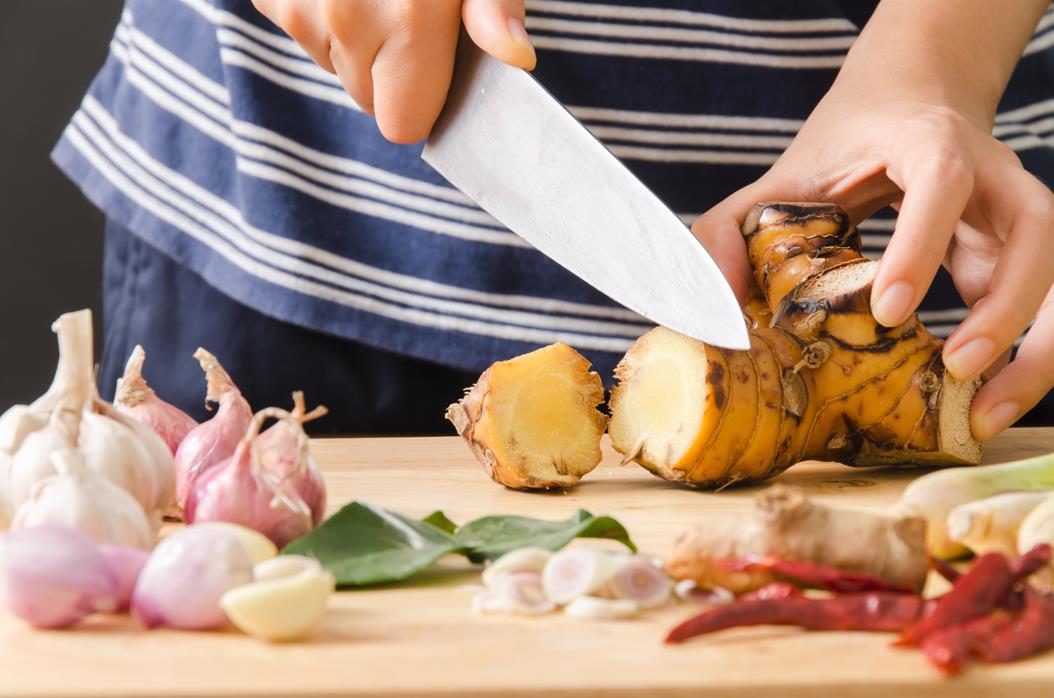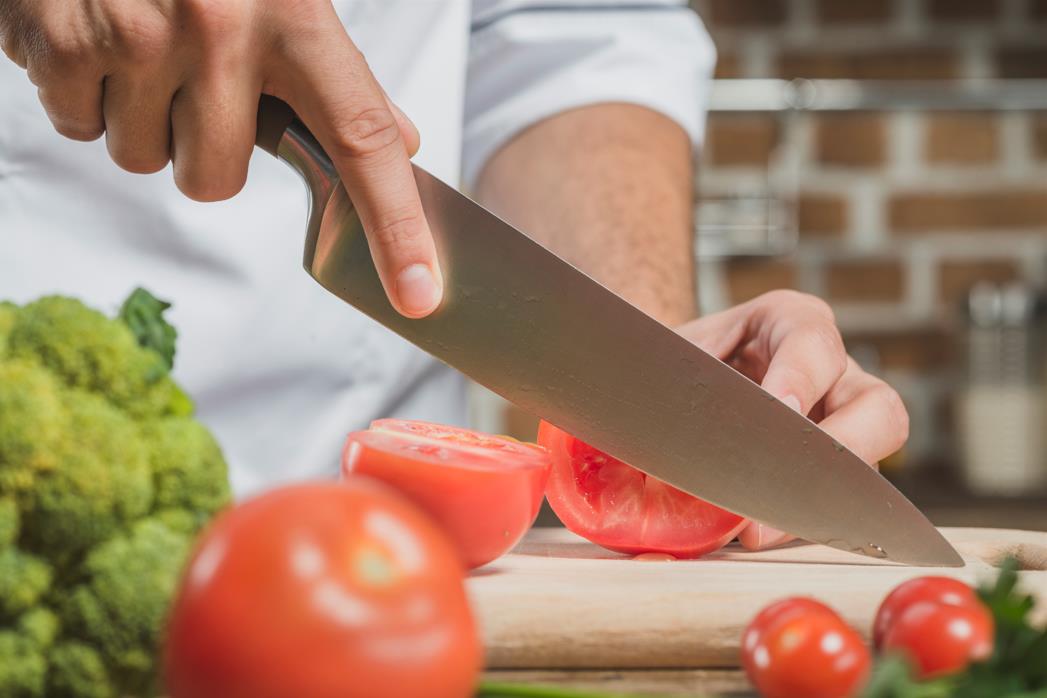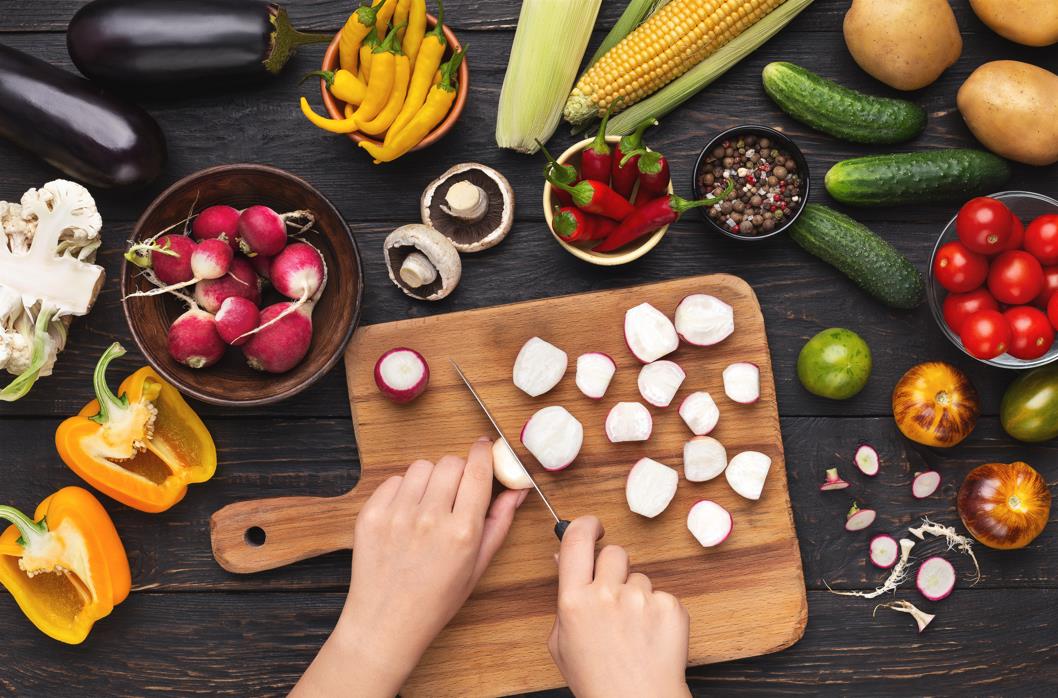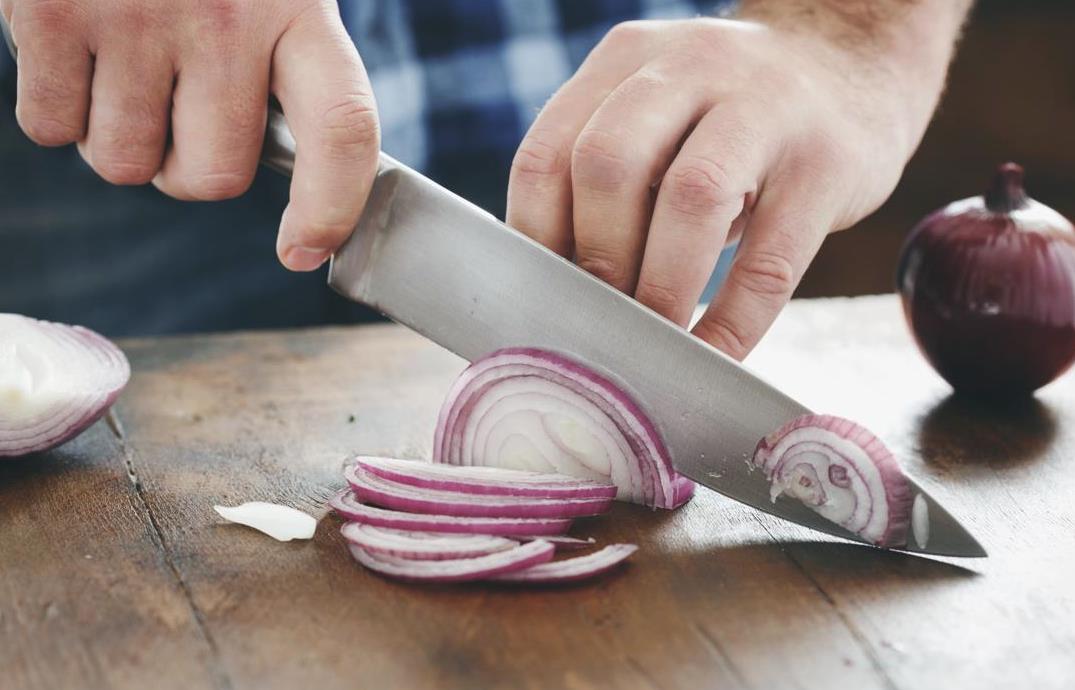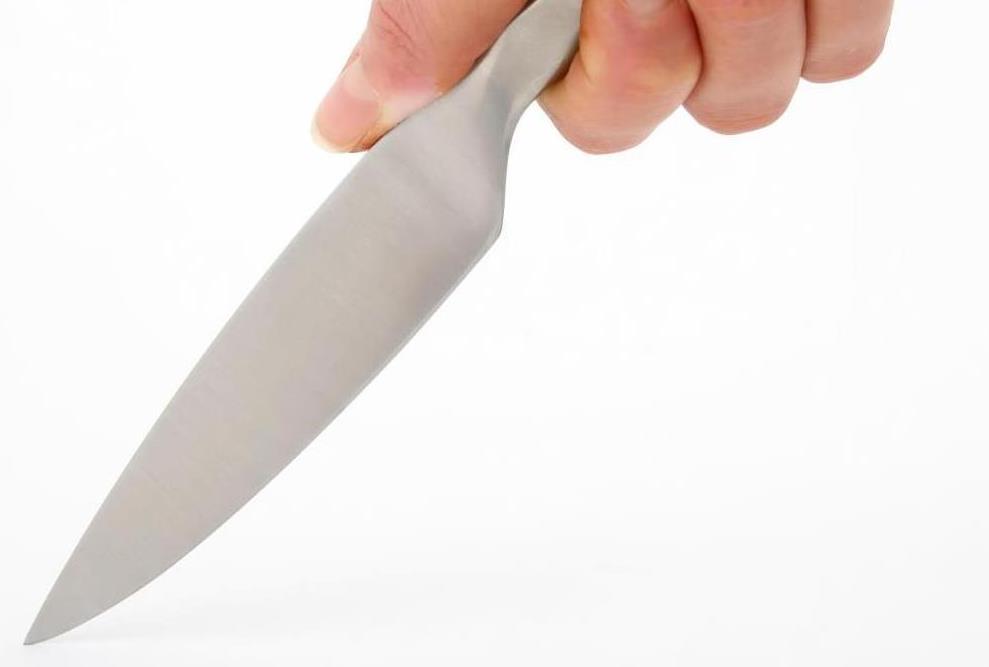Spending time outdoors is a great leisure activity that most of us love. Whether in the woods camping or the backyard of our home, cooking is one of the best things to add more to the time spent outdoors.
Gather the family and friends, prepare the grill, and cook some of your favorite foods. This should be a trouble-free experience. Like anything outdoors, having the right tools makes everything easier. This applies to the knives you bring from the kitchen. If you don’t have the right set of tools to cut the foods you’re cooking, outdoors will give you a hard time.
Table of contents
What are outdoor knives?
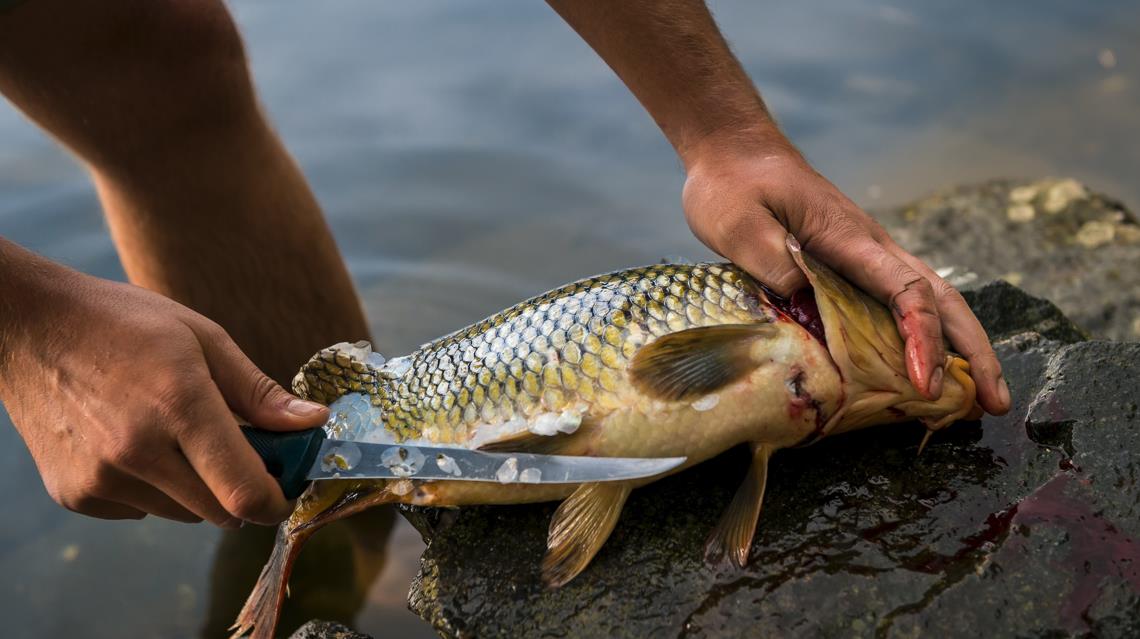
Tactical knives seem to be the first thing that comes to mind when thinking about something sharp to use outdoors. Since we’re focusing on preparing and cooking foods here, we need to change our thinking.
The right outdoor cooking knife should be different from any other outdoor knife. Sure, you can use a tactical knife or a folding knife to slice steaks, prepare vegetables for a salad, but it won’t be as convenient. After all, these types of knives aren’t made for these purposes.
Instead, look for sturdier and more suitable options in kitchen knives you can use for family picnics, fishing, camping, and anything else outdoors.
Product recommendations
HDMD Serbian Chef’s Knife
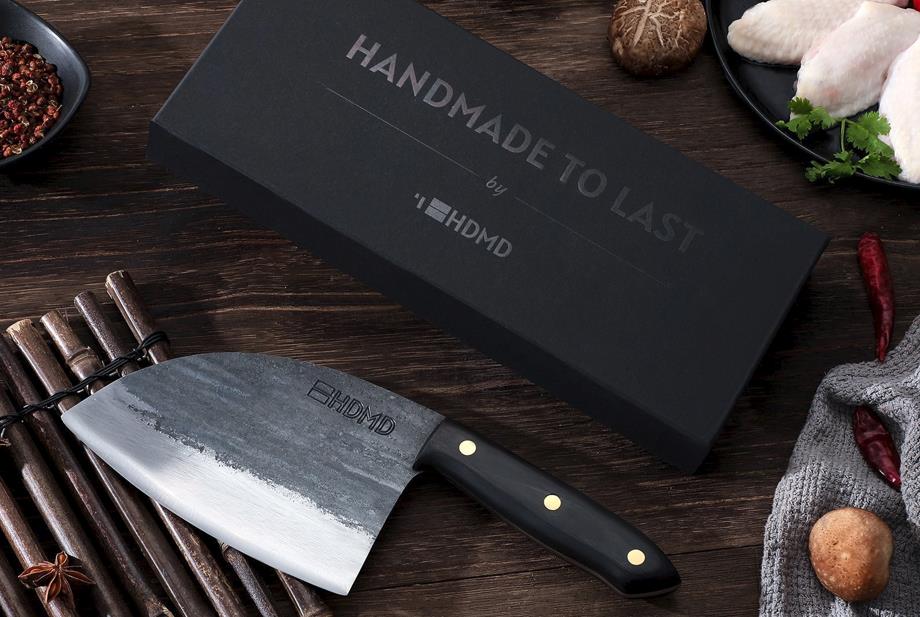
The knife features a high carbon steel blade with the best attributes of what makes a Serbian chef’s knife. You can think of the design as a rather large outdoor cooking knife. It has a narrowly curved edge that allows chopping and slicing ingredients on any surface. Take a log and cut ingredients like you’re in the comfort of your kitchen – sounds like the perfect cooking knife for the camp!
The best part about this knife is that you don’t have to worry about the blade going dull. The blade is hand-forged, heat-treated for extra hardness, and given that it’s made from high carbon steel, it will hold its edge for as long as you need it. Since you won’t pack a sharpening stone for the camp, you’ll always be ready with the HDMD Serbian Chef’s Knife.
Pros
- It features a highly durable blade and wooden handle.
- Cut on any surface without having to worry about the edge dulling.
- Despite the sturdiness, it’s compact and light enough to carry around.
Cons
- To avoid oxidation, you may need to carry a clean cloth to wipe the blade dry as high carbon steel doesn’t have anti-corrosion abilities.
- The edge is more prone to chip under extreme conditions due to hardness, requiring you to fix it using a sharpening stone.
HDMD Hand Forged Knife
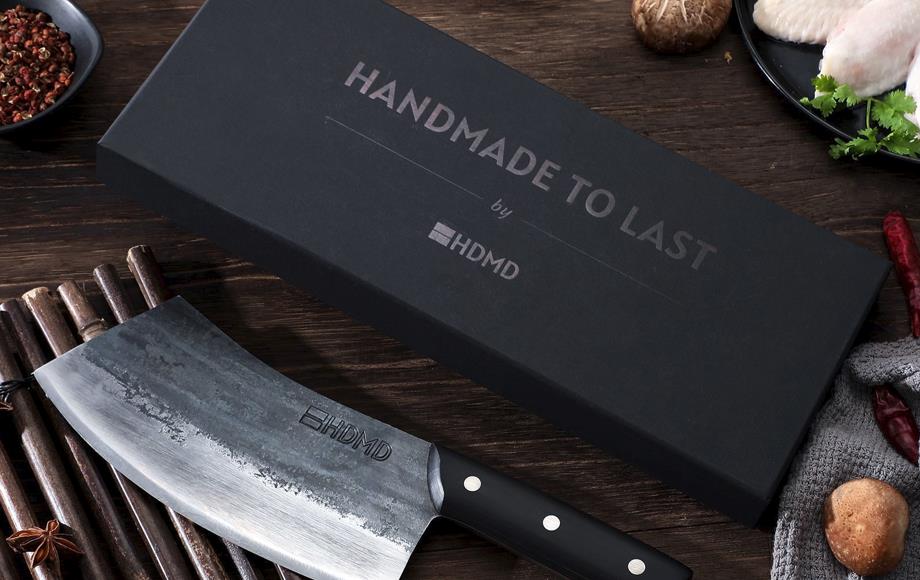
If you’re looking for something bigger, this is a better option for you, coming at a total blade length of 7.3 inches and 3 inches of width.
Like our Serbian chef’s knife, the HDMD Hand Forged Knife is a durable option that can be used outdoors. It resembles a cleaver in many ways but is a lot more versatile. Prepare and slice ingredients like you’d do with a regular knife and have the power to easily cut through denser foods or whatever the outdoors might present.
Do I need an outdoor cooking knife?
Taking an enduring knife with you to use outdoors is a lot better and gives you a much more enjoyable time as everything becomes clear-cut. Plus, you won’t lose a knife as it will perform the same as it did before after packing up from camping.
However, to have the comfort of a great functioning knife, you don’t necessarily need to get one solely to use outdoors. We highly recommend a knife you can use both at home and when out camping to get the most out of it. This way, you will also save money by using the same knife both at home and outdoors.
Things to look for in an outdoor cooking knife
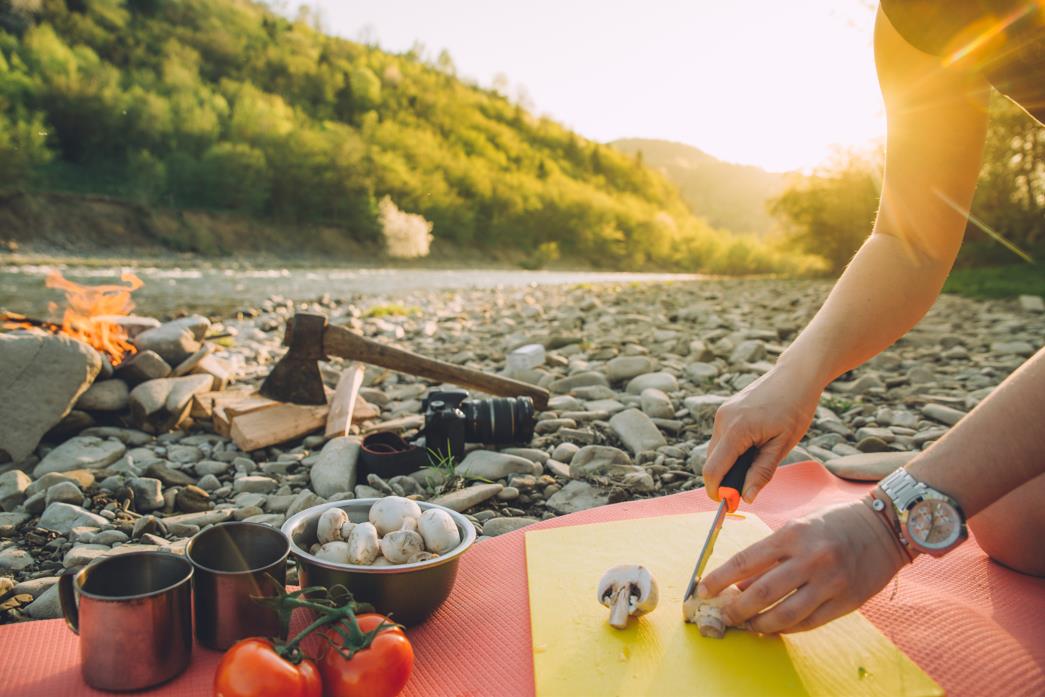
Most kitchen knives are designed for operating in a typical kitchen environment and endure whatever it might bring. There are far more things to worry about in the wilderness concerning knives than in your kitchen. Dirt, cutting surface, accessibility to things to keep a blade clean are some of these matters.
Here is a rundown of everything you need to consider when buying an outdoor knife for cooking.
Steel
Not all types of steel function great in conditions out of the ordinary. What we mean by this is outdoors, of course. A knife made from softer steel may become dull quicker than expected. This can happen even faster when you take a proper cutting surface out of the picture.
Edge retention
This point brings us to edge retention – one of the vital things that makes a great blade and leads to an exceptional outdoor cooking knife. Assuming you’re not anticipating sharpening just as you’re about to prepare cooking, you’ll need a blade that stays as sharp as you need it.
Blade design
Along with keeping an edge for long, the blade design is just as important. Like those featured in utility knives, slim blade designs won’t come in handy as much as a wider blade. You’ll need something broad enough to handle heavy-duty tasks that are required outdoors, like creating woodchips to start a campfire.
Best outdoor cooking knives
True cutting power in the palm of your hand
Sturdiness
The conditions of the outdoors may be treacherous for some of the knives you keep in the kitchen. An unexpected outcome almost always happens when most people take any kitchen knife outdoors. The next thing you know, the edge becomes incredibly dull with scratches all over the blade that you don’t even want to return it home.
Versatility
The knife you have should be sturdy enough to handle things that aren’t accustomed to the typical kitchen environment. Needing your knife for more than cooking is something you’ll often face outdoors. The aim is to identify what you require outdoors for cooking and buy a knife that you can use other than this occasionally. Accomplishing this will save you money and time as you won’t need to swap blades repeatedly.
How to maintain an outdoor cooking knife?
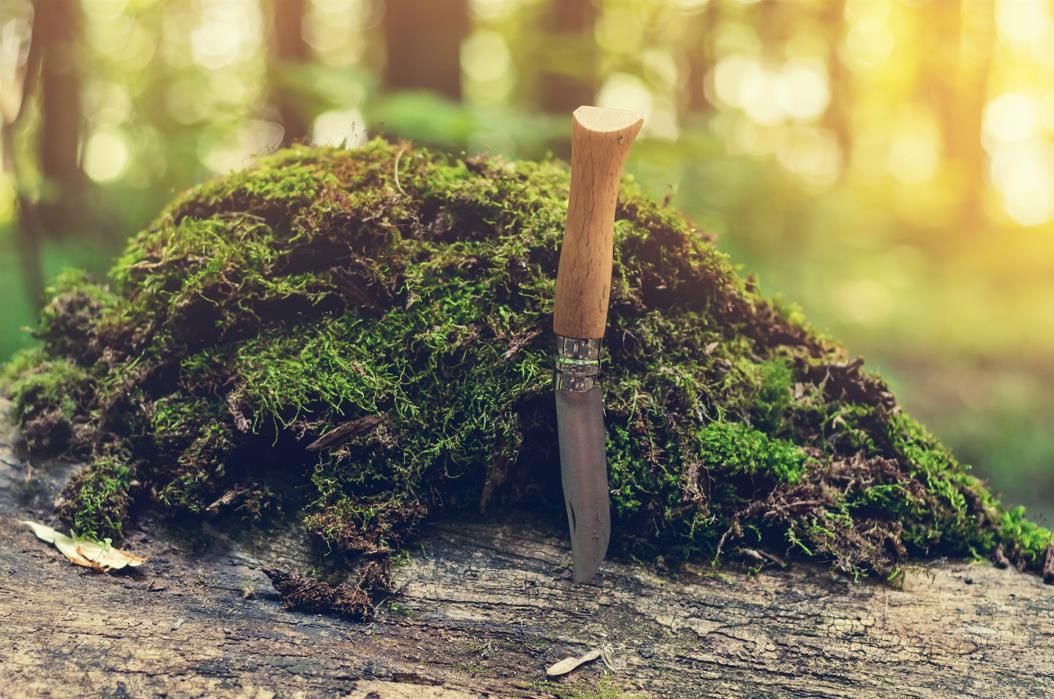
As mentioned throughout the article, outdoors is a totally different environment for your knives from what they’re conditioned to. Keeping this in mind, you should give the necessary care to your knife. Wipe down the blade after you’re done using it the same as in the kitchen, but also keep it somewhere it won’t get damaged.
Dropping the knife, getting dirty all over it, using it for wrong purposes like cutting pieces of wood are common missteps some take. Avoid these and other things that the knife shouldn’t endure, and you’ll have a perfectly functioning knife once you’re home again.
Once you’re home back from camping, give the knife a thorough wash and dry it completely. There shouldn’t be any dirt, food traces, or moisture on the blade as usual. Because your knife will be left unwashed for the time you’re outdoors, ensuring a complete cleaning is crucial. Give the blade a detailed look, as some foods can build up stubborn stains and residue that can later lead to oxidation.
Additionally, you can sharpen the blade if you see it necessary. Cutting ingredients on not-so-great surfaces can lead to the edge getting dull faster than usual. Before sharpening the blade, see if honing is sufficient enough to bring back the sharpness.
While sharpening is the most efficient way to go about this, you can also do it without one. Some of the surprising things around you can work wonders for sharpening your blades. Read on how to sharpen a knife without a sharpening stone.
FAQs
What types of knives are most durable?
The hardness of the steel makes a knife durable for the most part. The design comes later, depending on the task performed. It’s essential to look for the sweet spot between the hardness measured using the Rockwell hardness rating. If the steel is too soft, it becomes dull quickly, but it becomes brittle and easily chips when it’s the other way around. Blades ranging from 54 to 60 HRC in this scale generally perform best and are considered the most durable for a knife anywhere.
Should I get a stainless steel outdoor knife?
The stainless steel knives have their upsides, resistance to corrosion being the primary one. This attribute is one thing that many look for in their knives, especially considering the outdoor conditions. Often, you won’t be able to clean the blade as thoroughly as you could at home. If you’re not keen on drying the blade after using it and giving a little more attention once you’re home, stainless steel outdoor kitchen knives will be a better pick.
Will my high carbon steel knife rust outdoors?
Moisture and oxygen lead to rust, and high carbon steel doesn’t have anti-corrosive features. These make high carbon steel knives more susceptible to rusting outdoors. However, just because your knife is carbon steel doesn’t mean it will disintegrate over a day. Simply wiping the blade when you’re not using it and washing it after returning home are enough steps to avoid rust on a high carbon steel blade.
How to carry knives outdoors safely?
Wrongly carrying knives can lead to accidents happening, especially if the blade is razor-sharp. The best way to carry knives outdoors is to use their protective covers if they have any. Even the piece of plastic wrapping the edge that comes with the packaging is a great measure. While this is better than nothing, it will leave you with an open blade. To ultimately protect the knife, yourself, and other items that will be around it, utilizing a leather knife sheath is the best way to go about it.
Takeaway
An outdoor cooking knife should be durable enough to endure everything you throw at it and still work perfectly fine once you’re home. One of the most enduring knives is almost always hand-forged. Check out our handmade knives collection to see the options you can use outdoors.







